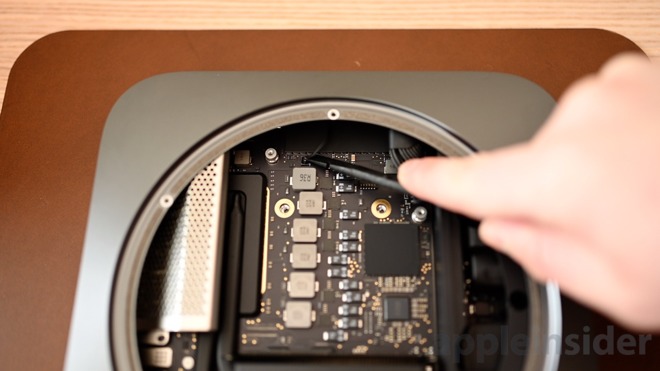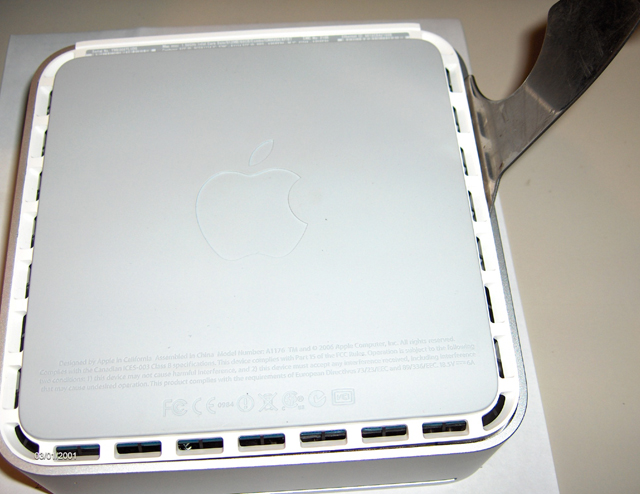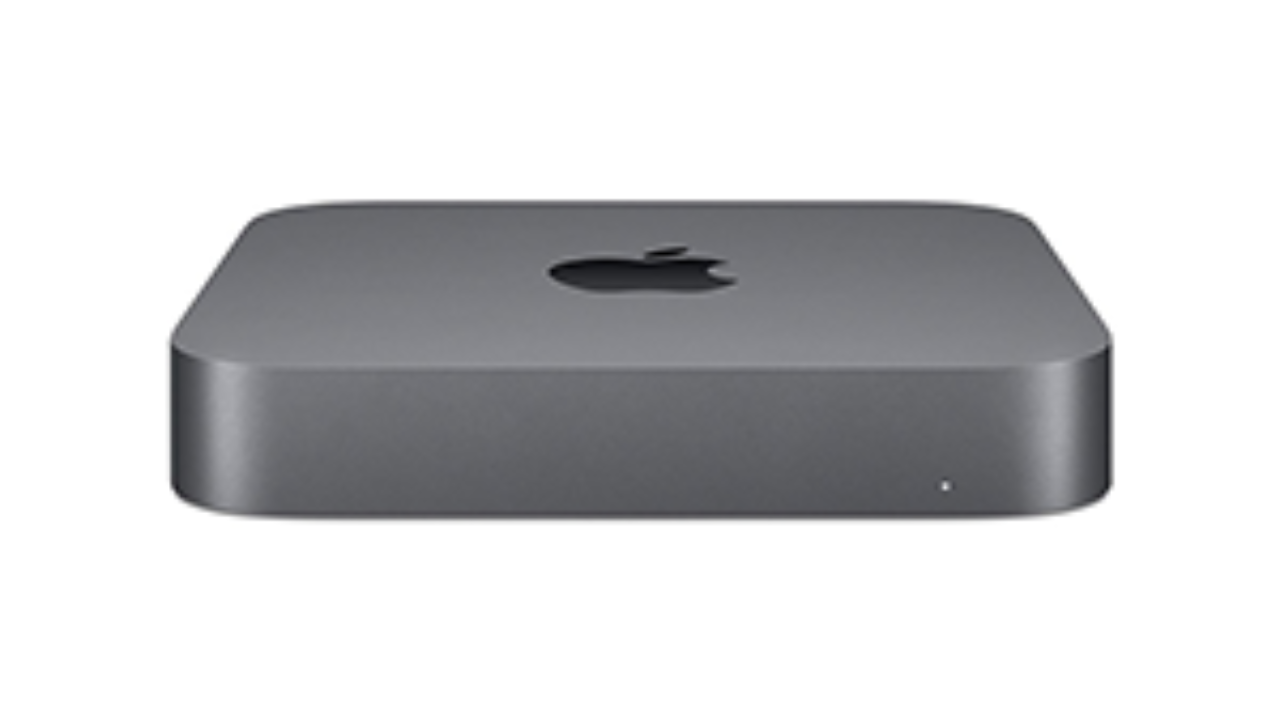
First you can simply run them with the default settings however, this will only do a rudimentary test of your system's RAM. With the testing program loaded, you have two options. On older systems that came with a gray recovery DVD, you may need to insert it before booting with the D key held in order to load the tests.Ĭheck this button to have the tests run an extended memory test. To test the RAM, boot the system into the Apple Hardware Tests, which on new computers can be done by pressing the power button followed by holding the "D" key held (or Option-D to download the tests via the Internet). Preferably do this immediately instead of booting your system to OS X, since faults in RAM can result in data corruption and other problems that your system would benefit from avoiding. Therefore, when the upgrade is complete and your Mac is reassembled, make it a priority to run a memory test on the new RAM you just installed as soon as you can. While in most cases RAM should work fine, sometimes modules can be damaged or otherwise not work properly, and will result in crashes, hangs, or even data corruption when used. Then perform the upgrade on a static-free surface such as a wooden table, ensuring you regularly touch the computer's case to keep static electricity from building between you and the system, since discharges can harm electronic components.

How to determine mac mini memory how to#
To upgrade your RAM, first locate the instructions for how to do so on your specific Mac model at Apple's support Web site, followed by purchasing the supported RAM upgrade modules for your specific computer.
How to determine mac mini memory manuals#
RAM upgrades are one of the few user-serviceable parts on most Mac systems (excluding the MacBook Air and early Mac Mini models), and Apple provides step-by-step instructions for the process both in its user manuals and online: Read: Here's a fast and affordable way to upgrade your iMac's RAM You may also notice a reduction in slowdowns and the presence of the spinning color wheel, both of which largely happen when applications have to wait for the system to manage memory and prepare it to load the necessary items, instead of being immediately ready to do so.

In addition, at around $40 for an 8GB upgrade these days, it is quite cheap to do so.īy upgrading to at least 4GB or preferably 8GB, you can see a notable decrease in load times for programs and files, especially when you already have a number of applications open.

Adding more RAM to your Mac is one of the easiest ways to increase the capability of the system.


 0 kommentar(er)
0 kommentar(er)
